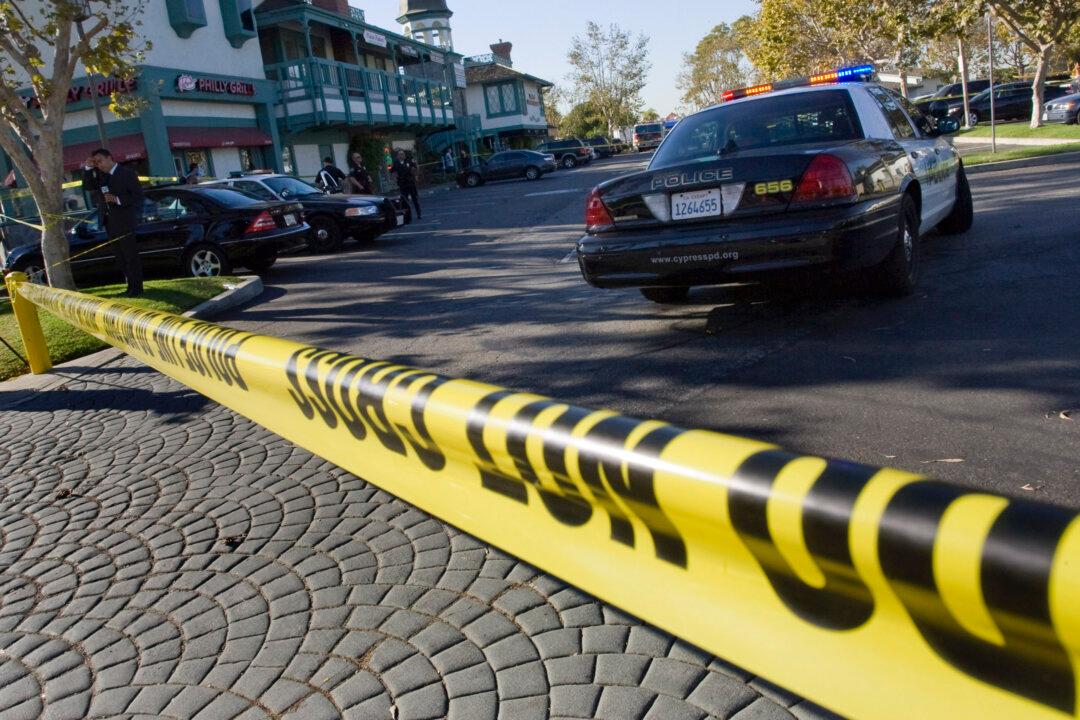Commentary
Crime in California is spiraling out of control, diminishing the quality of life for its residents and erasing the character and promise of what was once a coveted place to live.

Crime in California is spiraling out of control, diminishing the quality of life for its residents and erasing the character and promise of what was once a coveted place to live.